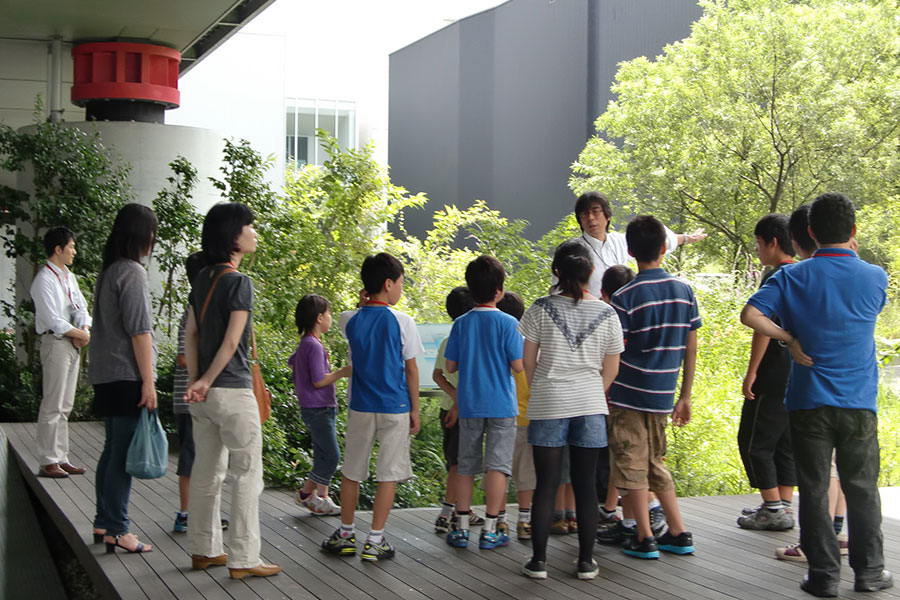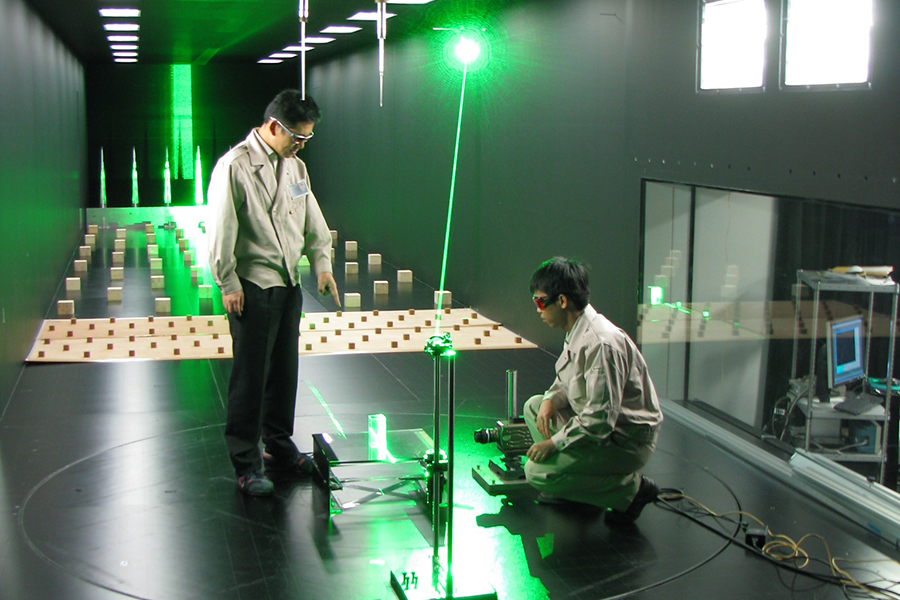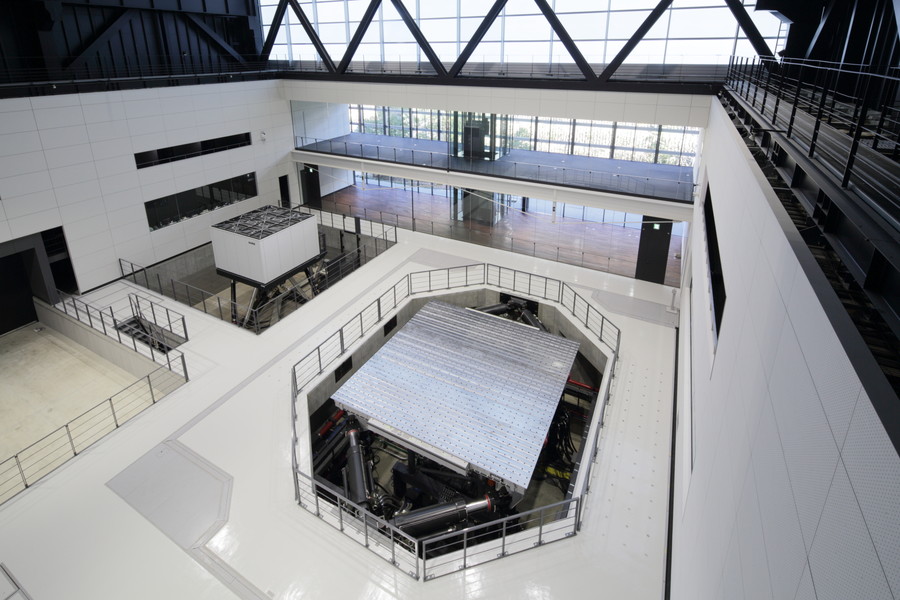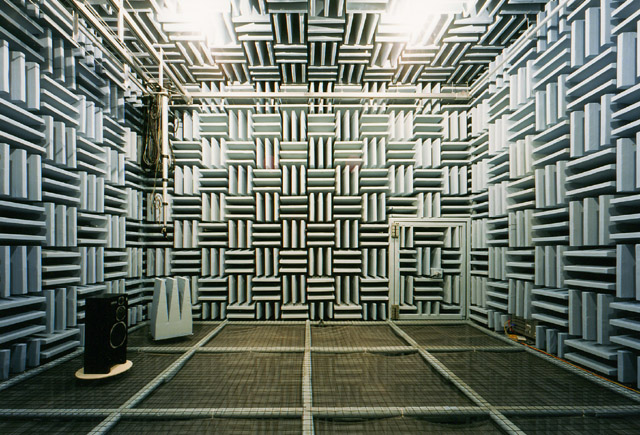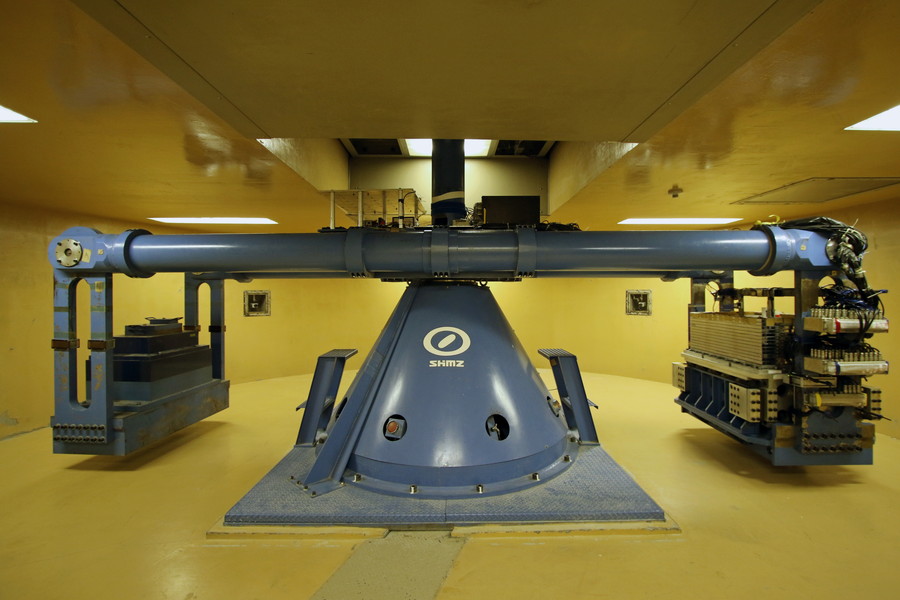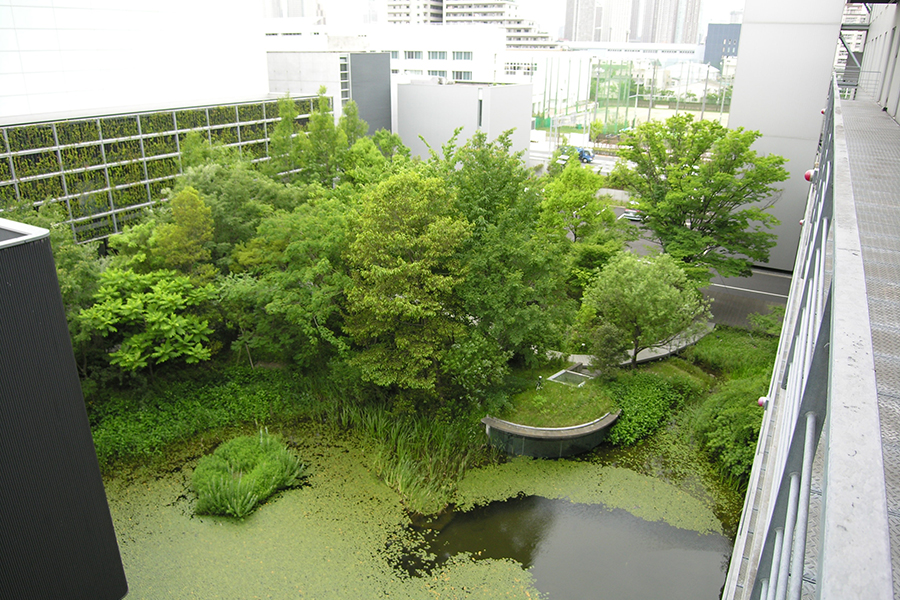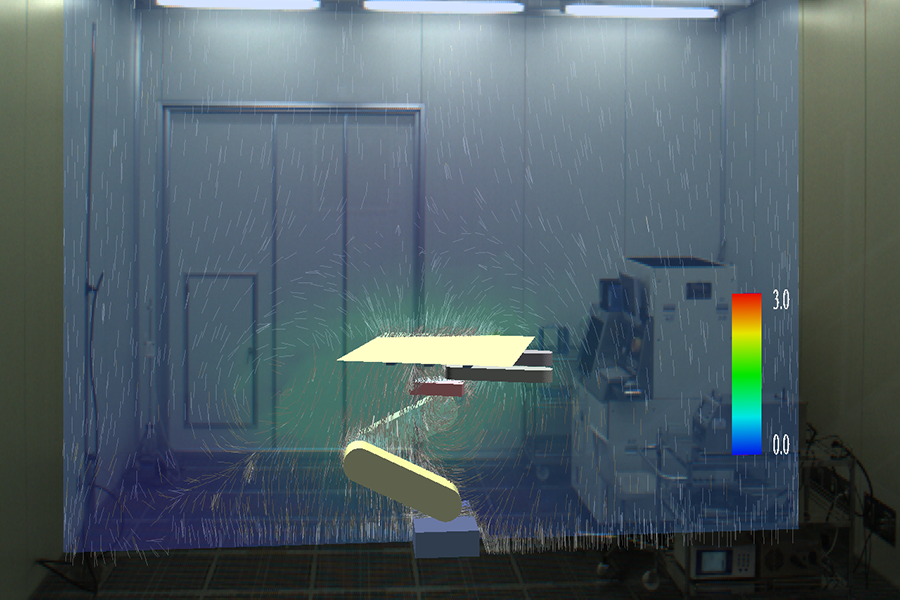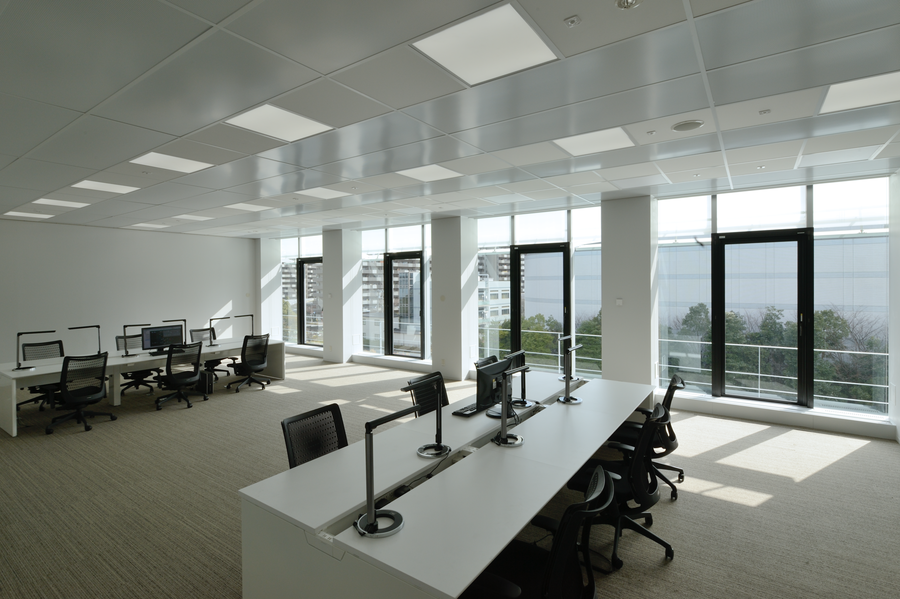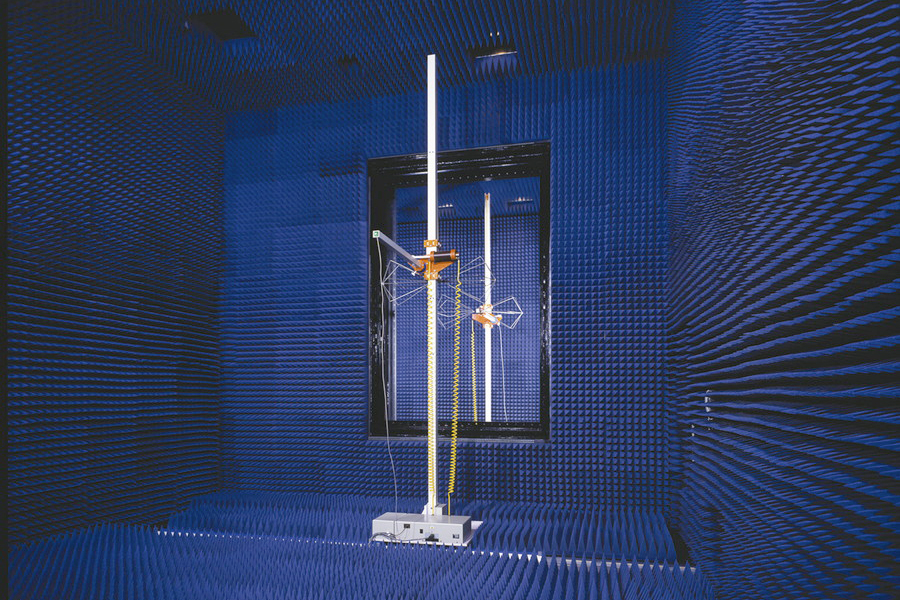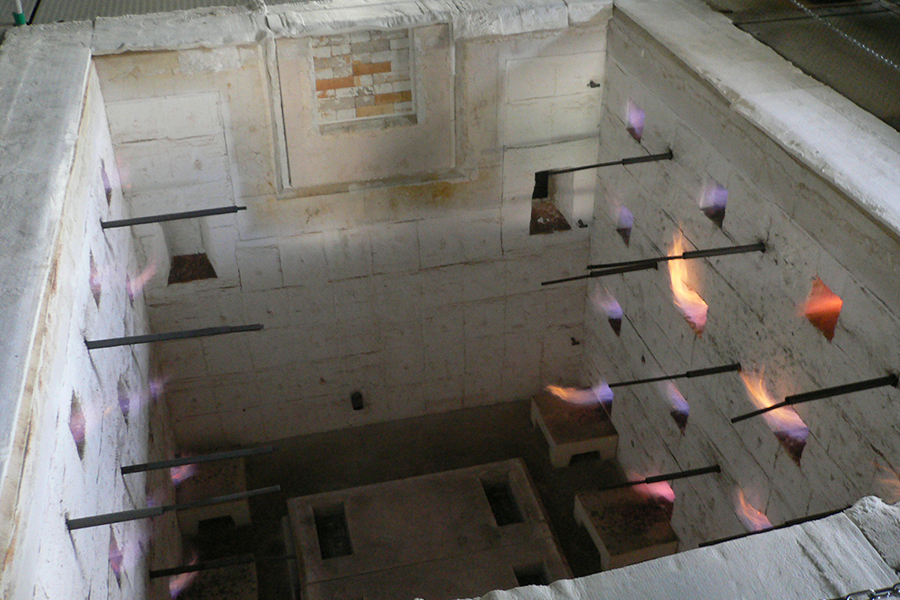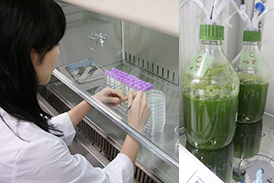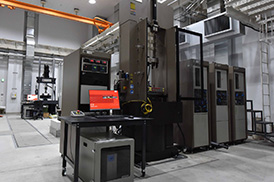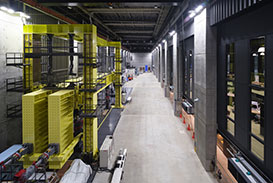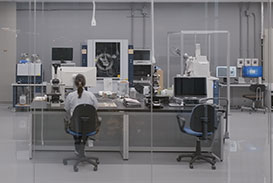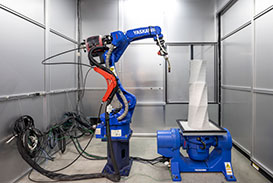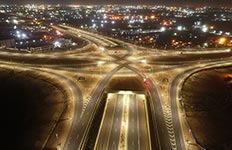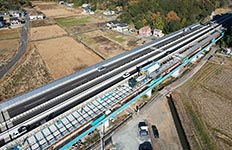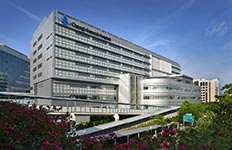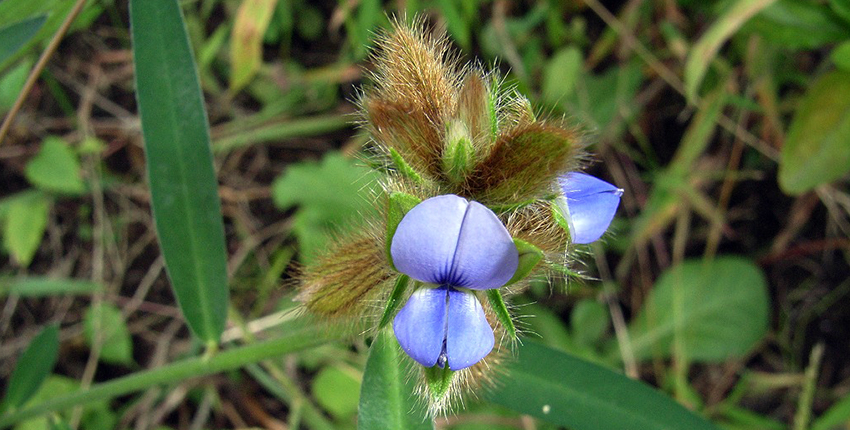
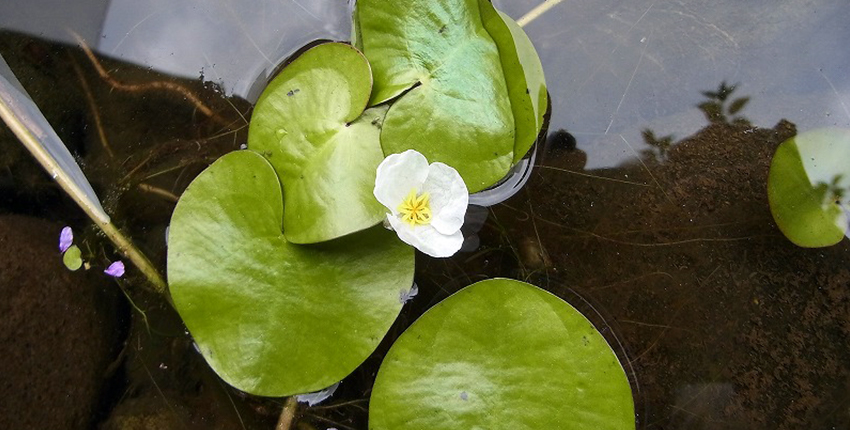
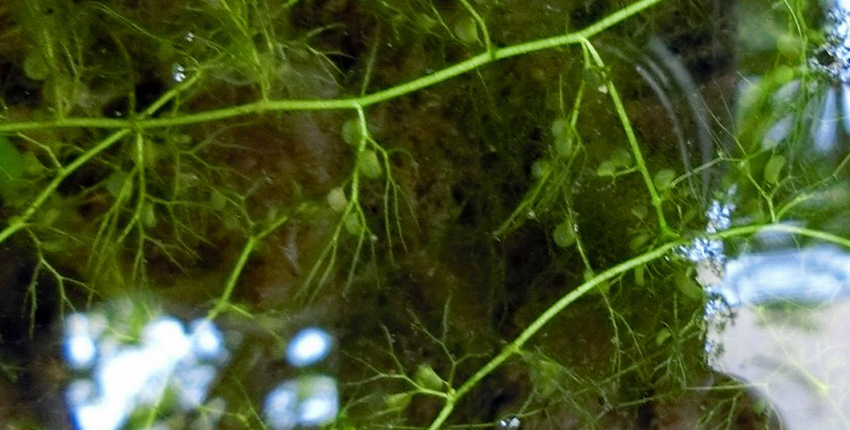
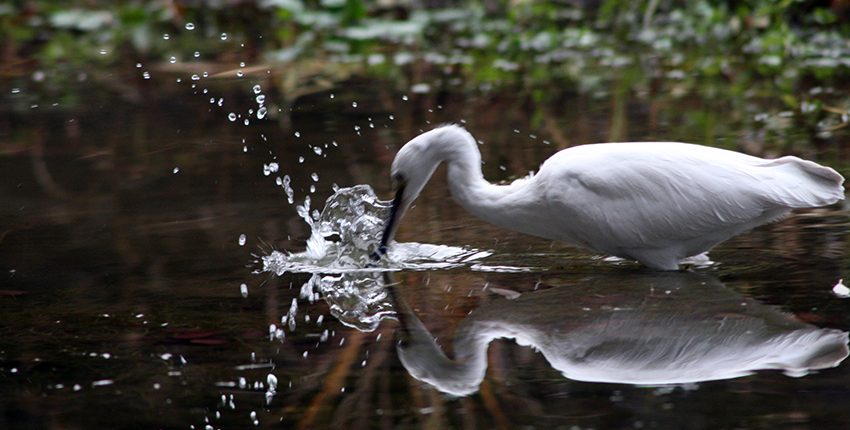
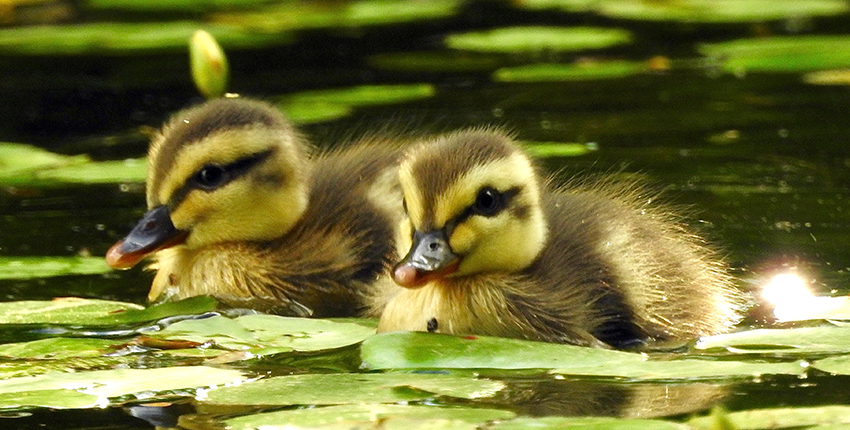
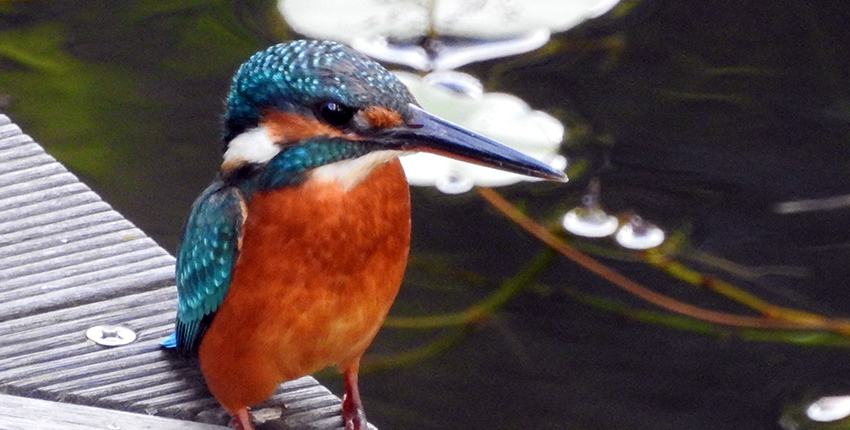
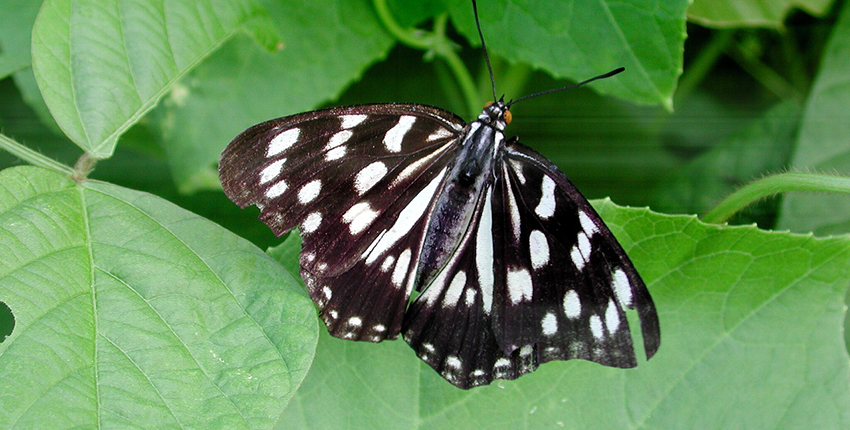
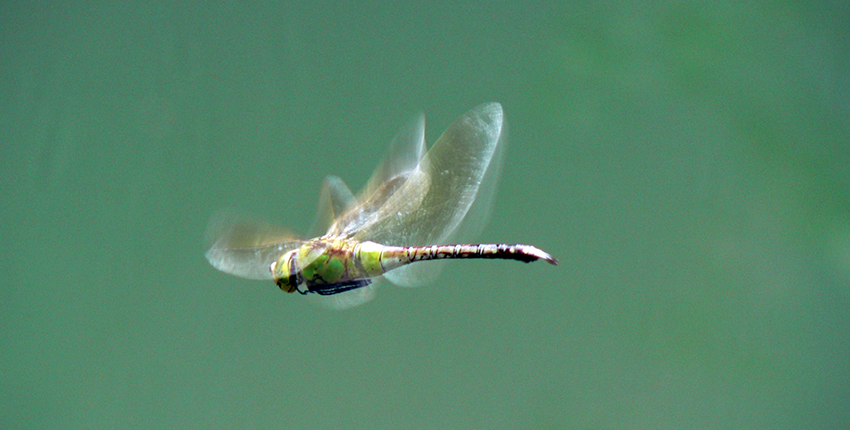
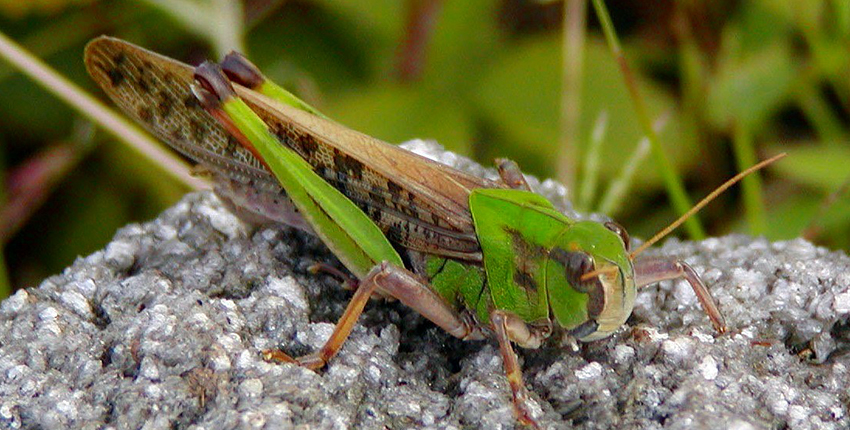
Striving to renew the relationship between people and living things in urban areas
The Saisei-no-Mori urban biotope is field of research and development on natural regeneration techniques aimed at improving biodiversity in urban areas. It is also a recognition that we must not lose the connection between people and nature in urban areas, and a venue for the conceptualization and dissemination of regeneration techniques. Shimizu engages in experimental testing based on the theme of three types of regeneration—of natural ecosystems, resources, and living environments. We also use the biotope as a place for environmental education.
Types of Testing
Regeneration of Natural Ecosystems in Urban Areas
- Ecosystem network evaluation
- Greenery regeneration
- Habitat status
- Conservation of endangered species
Resource Regeneration and Recycling
- Reuse of soil generated at the site
- Floating island made of discarded tires
- Water purification
Regeneration of Living Environment
- Microclimate improvement
- Green therapy
- Rainwater runoff control
Facility Features
| Date built: | April 2006 |
|---|---|
| Area: | 1,940 m2 in total (land area: 1,060 m2, water area: 650 m2) |
| Plant/ animal types: |
Plants (106 tree species, 94 grass species) Animals (7 fish species, 3 shellfish species, 2 crustacean species, 3 amphibian species) |
| Vegetation foundation: | Reuse of soil generated at the site and nearby topsoil (soil seed bank) Undulating ground to mitigate the effect of human interference to animals |
| Zoning | Ecotones (transition belts) in which vegetation gradually changes from water zones to land zones were built, and compact arrangements ranging from water plants to waterside forests, grasslands, deciduous forests, evergreen forests, and other vegetation were planted to create various types of habitats. |

Examples of Tests and Achievements
Biotope Monitoring to Verify the Improvement in Biodiversity (Ongoing)
- Plants: Ascertained development of the species planted and those that emerged, and tree growth
- Animals: Ascertained the status of species living in the biotope for species introduced (fish, shellfish, crustacean, amphibian species) and species that appeared (birds; dragonflies, butterflies and other insects; aquatic organisms)

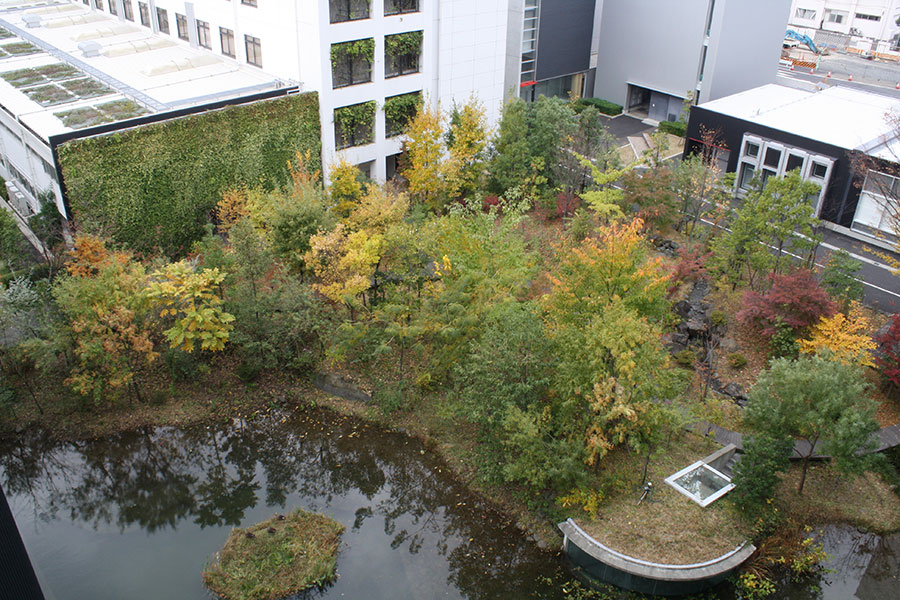
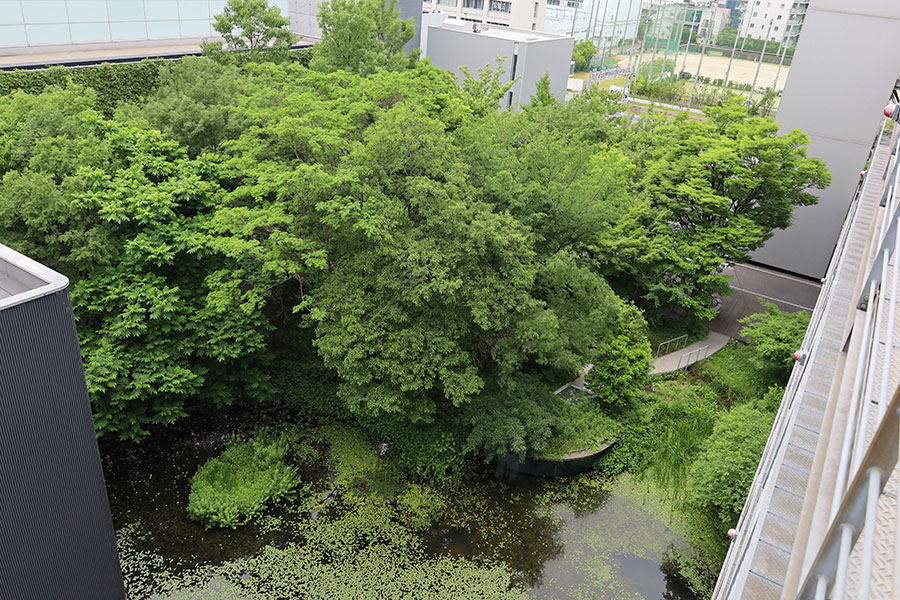
Developing Technology and Use in Projects
- Urban Ecological Network Simulation System (UE-Net)
- Natural scenery simulation (BioNavi, the Biotope Planning Navigator)
- Revegetation technology using soil seed bank
- Endangered species conservation technology
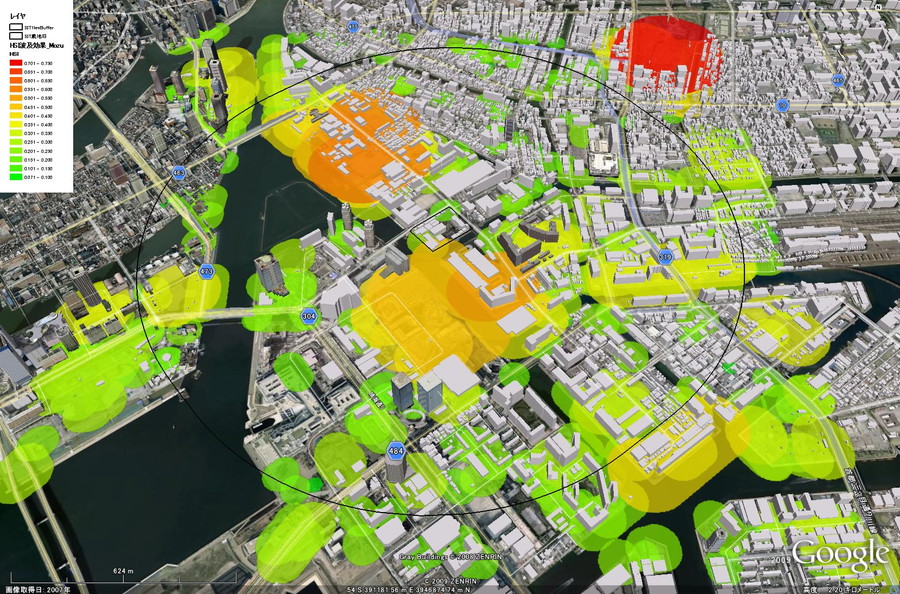
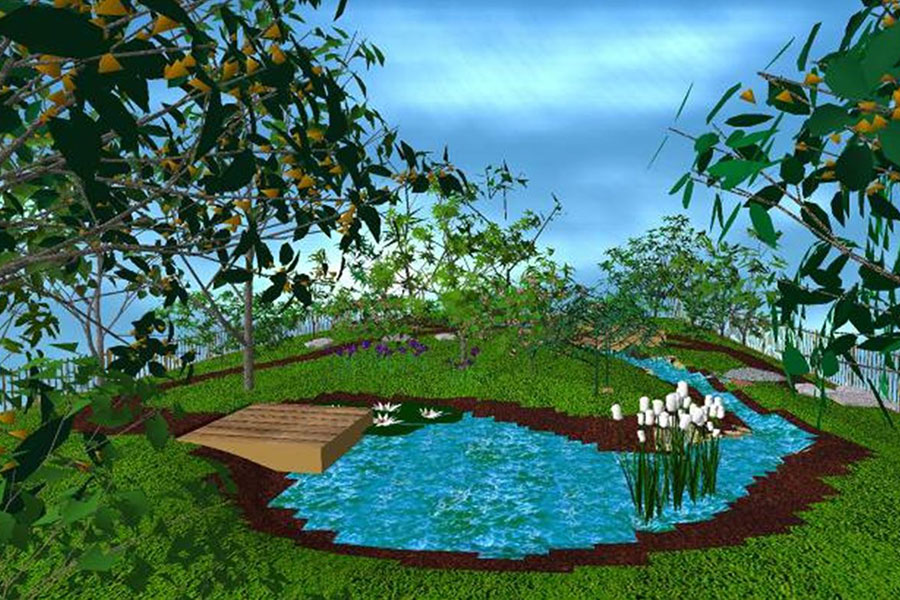
Environmental Certification and Awards
- 2010 Chosen for inclusion in the list of the top 100 companies contributing to biodiversity conservation by the Organization for Landscape and Urban Green Infrastructure based on its Social and Environmental Green Evaluation System (SEGES)
- 2015 First certification for research facility engaging in conservation of biodiversity from Association for Business Innovation in Harmony with Nature and Community (ABINC)
- 2020 Edo-Green Registered Green Space, Prime green space
- 2023 Certified as an Other Effective area based Conservation Measures (OECM) by the Ministry of the Environment
- 2023 Green Infrastructure Award, Excellence Award
- 2024 Green City Award, Minister of Land, Infrastructure, Transport and Tourism Award
- 2025 SITES® for Existing Landscapes, Gold
Contributing to the Community as a Venue for Environmental Education
- Conduct biotope tours for young people to learn about the environment
